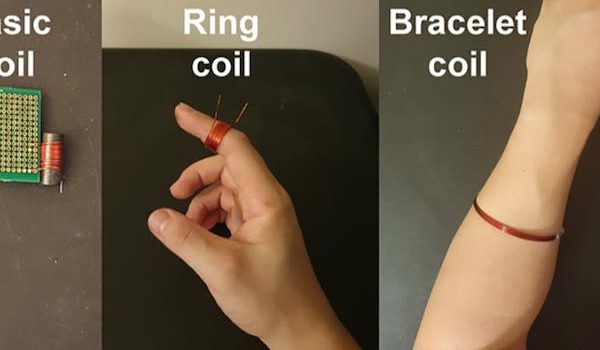6G Wireless Technology Could Use the Human Body as a Receiver
Researchers from the University of Massachusetts and Delft University of Technology have developed a new method of harvesting waste energy from visible light communication (VLC) by using the human body as an antenna. While 5G is still being deployed in cities and rural areas around the globe, engineers are already working on 6G networks. One of the promising technologies to push 6G beyond 5G throughput is VLC, which uses light sources to transmit data.
As with other communications technologies, VLC produces waste energy, or instead, it bleeds energy. That waste energy can be harvested and used to power wearable devices or even larger electronics.
Considering that VLC infrastructure is already everywhere in the form of LEDs, the potential to use them to transmit data could be a reality. This means that anything with a camera, such as smartphones, laptops and tablets, could be employed as a receiver. To that end, LEDs emit side-channel RF signals, which results in significant energy leakage, but the researchers have developed a method to harvest this RF energy so that it may be put to good use. In this case, they designed an antenna utilizing coiled copper wire to collect that leaked RF.
The team experimented using different daily objects to amplify the harvested power, and discovered that the human body is one of the best materials. (📷: M. Cui et al.)
After experimenting with copper wire coils and thickness, the team discovered that the antenna's efficiency changed depending on what it touched. They then tested the coil by touching certain surfaces, including plastic, wood, cardboard and steel. When it came in contact with the human body, it was then they found it was the best medium for enhancing the coil's ability to capture leaked RF energy, 10 times more than just the coil alone.
Following some continued experimentation, the engineers created the Bracelet+, which attaches to the forearm, collects the waste energy from VLC communications, and can harvest enough power to support sensors and simple health monitoring systems.








Gloss